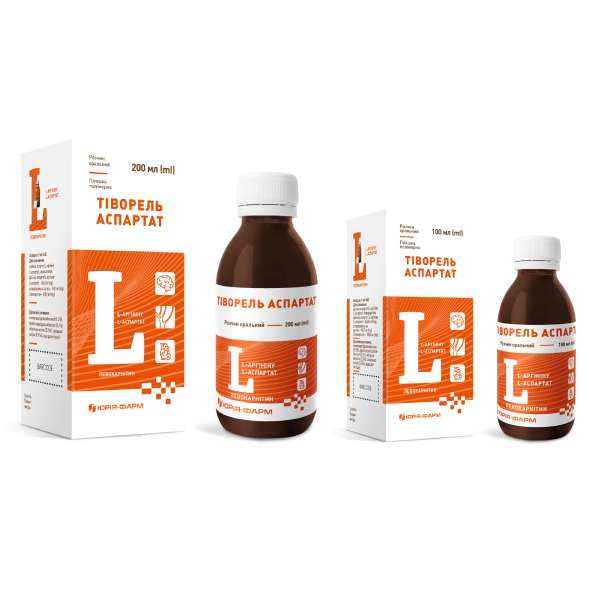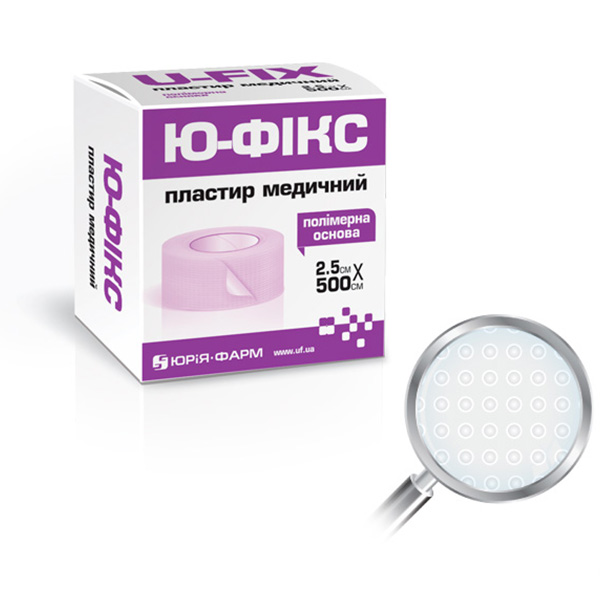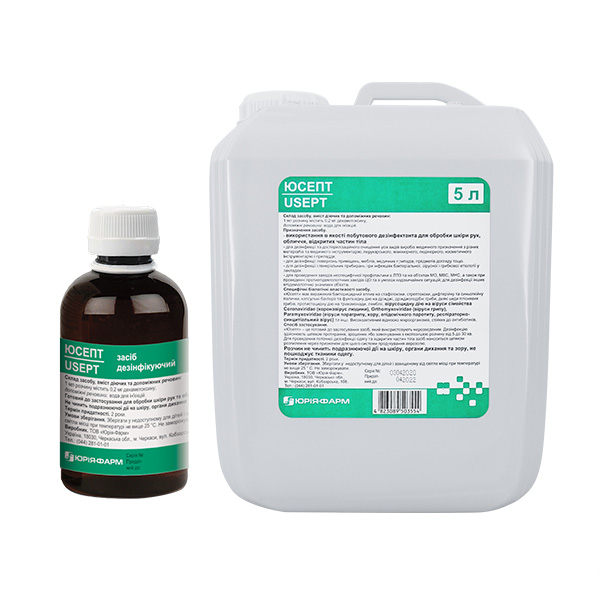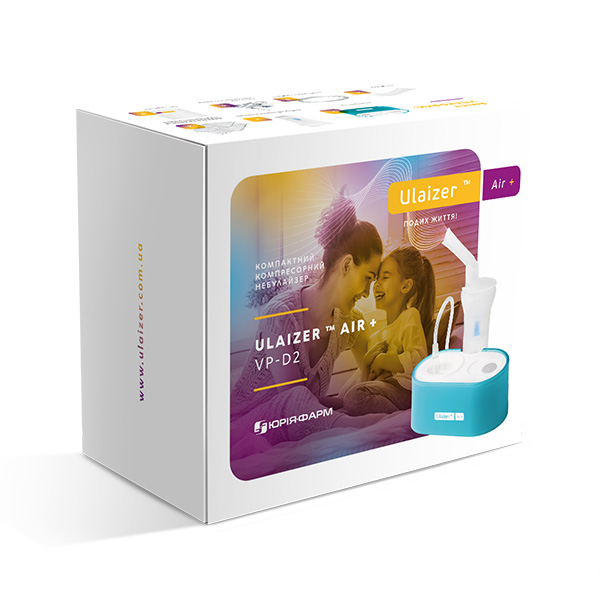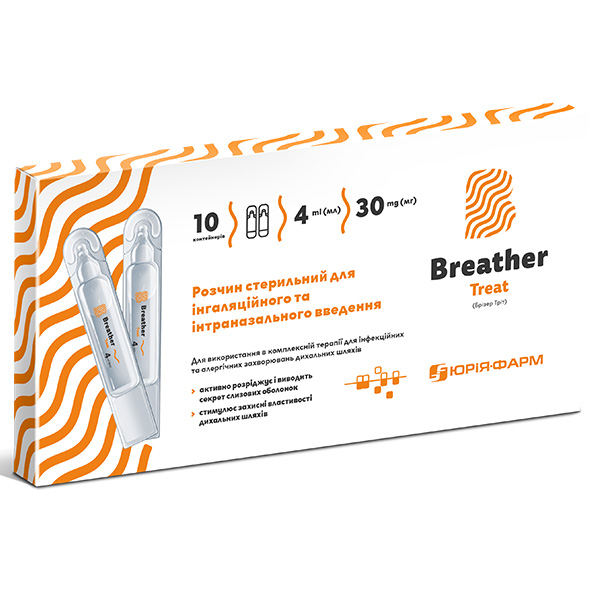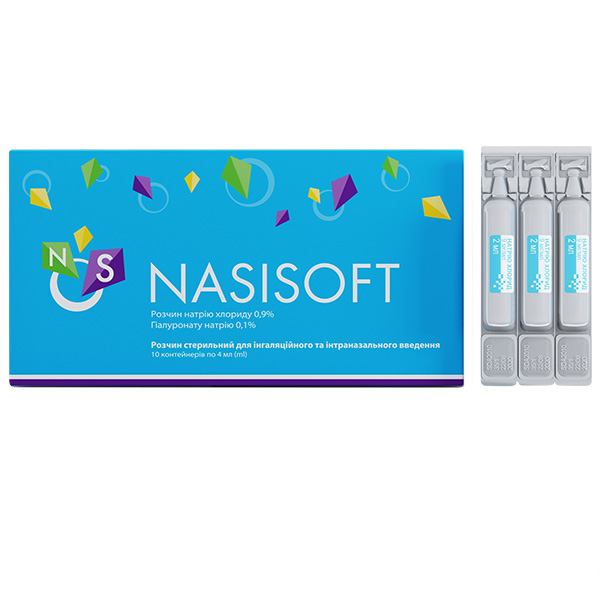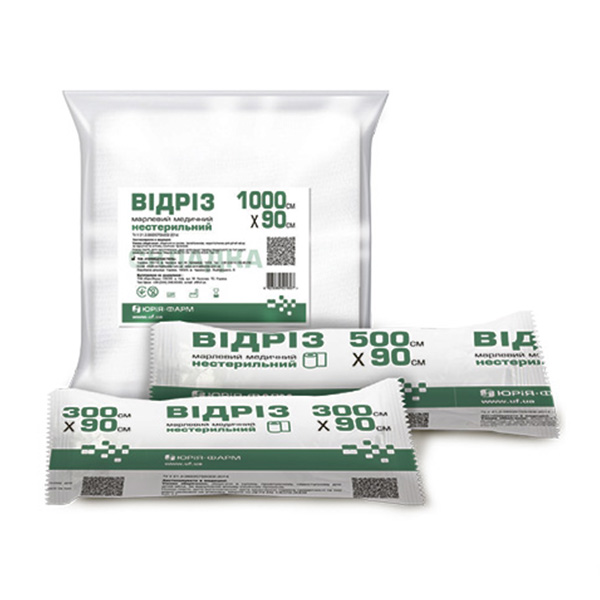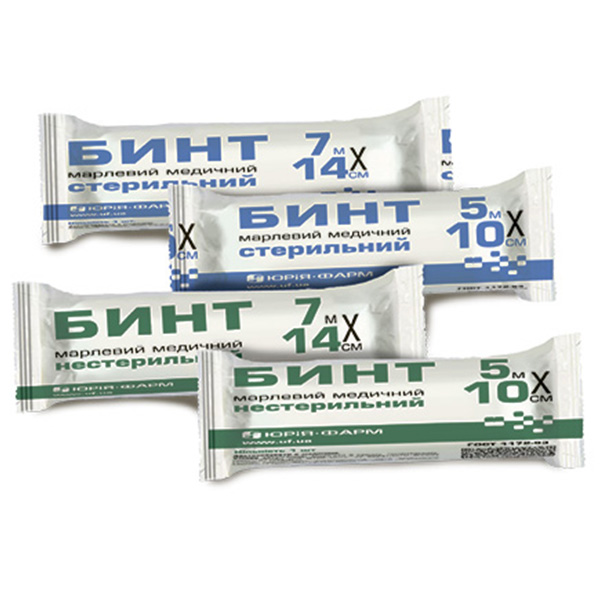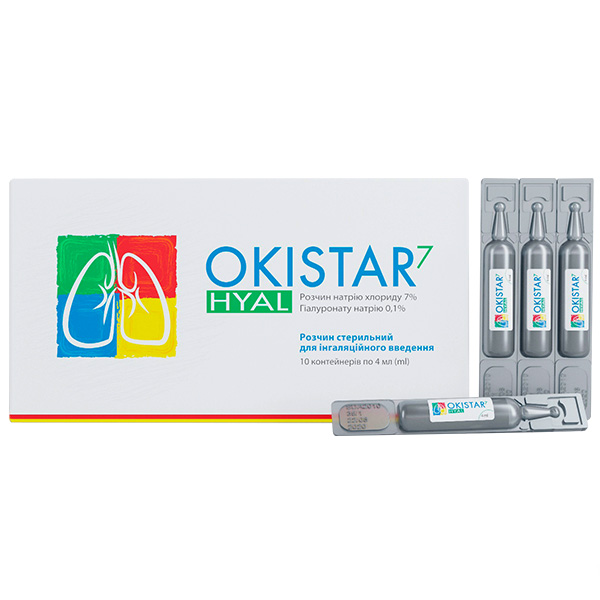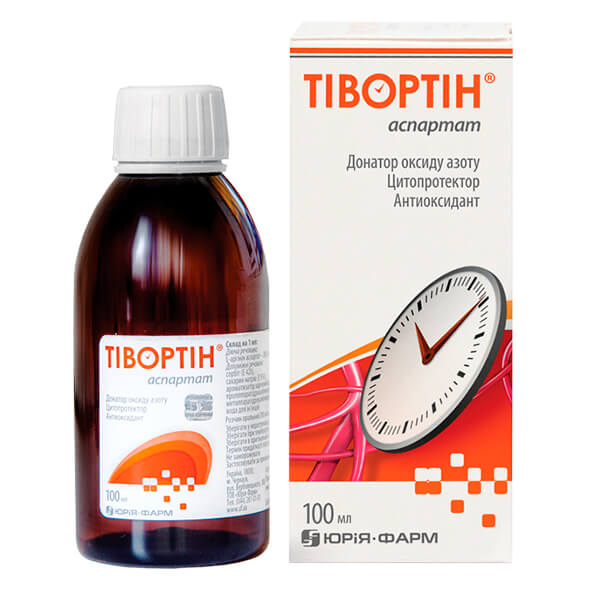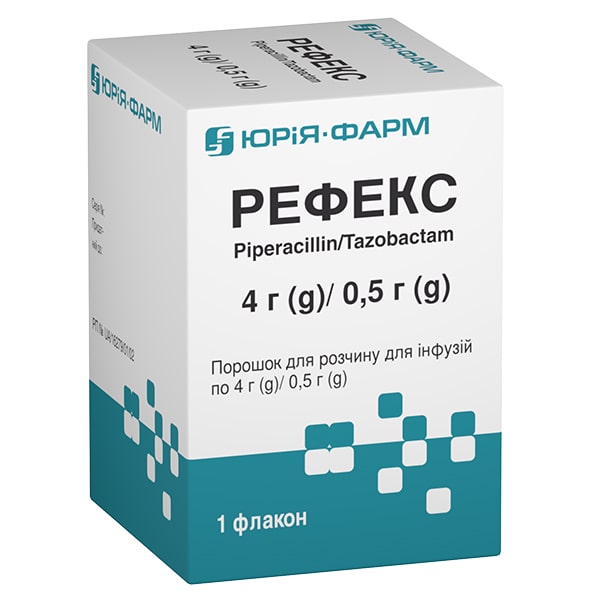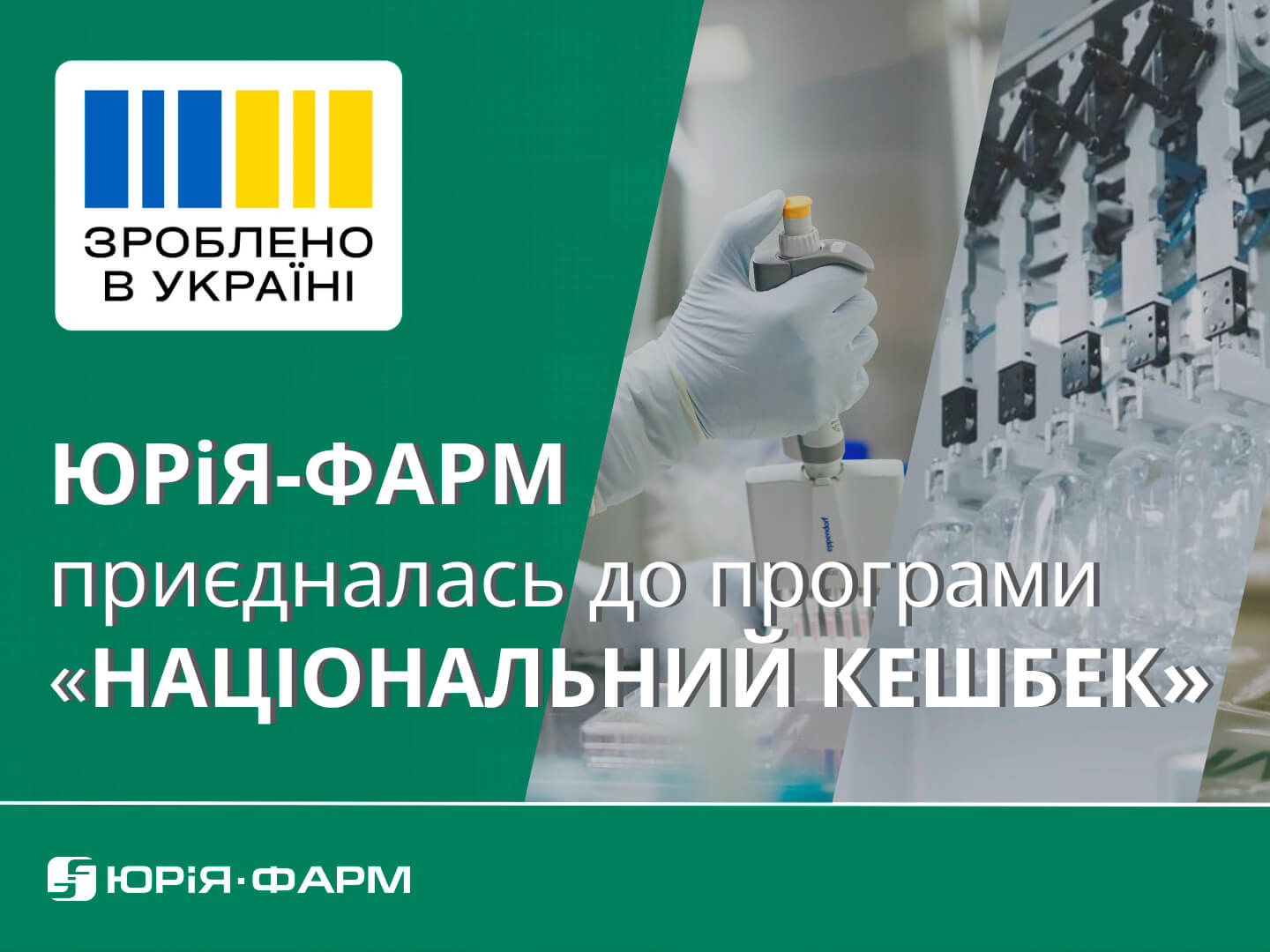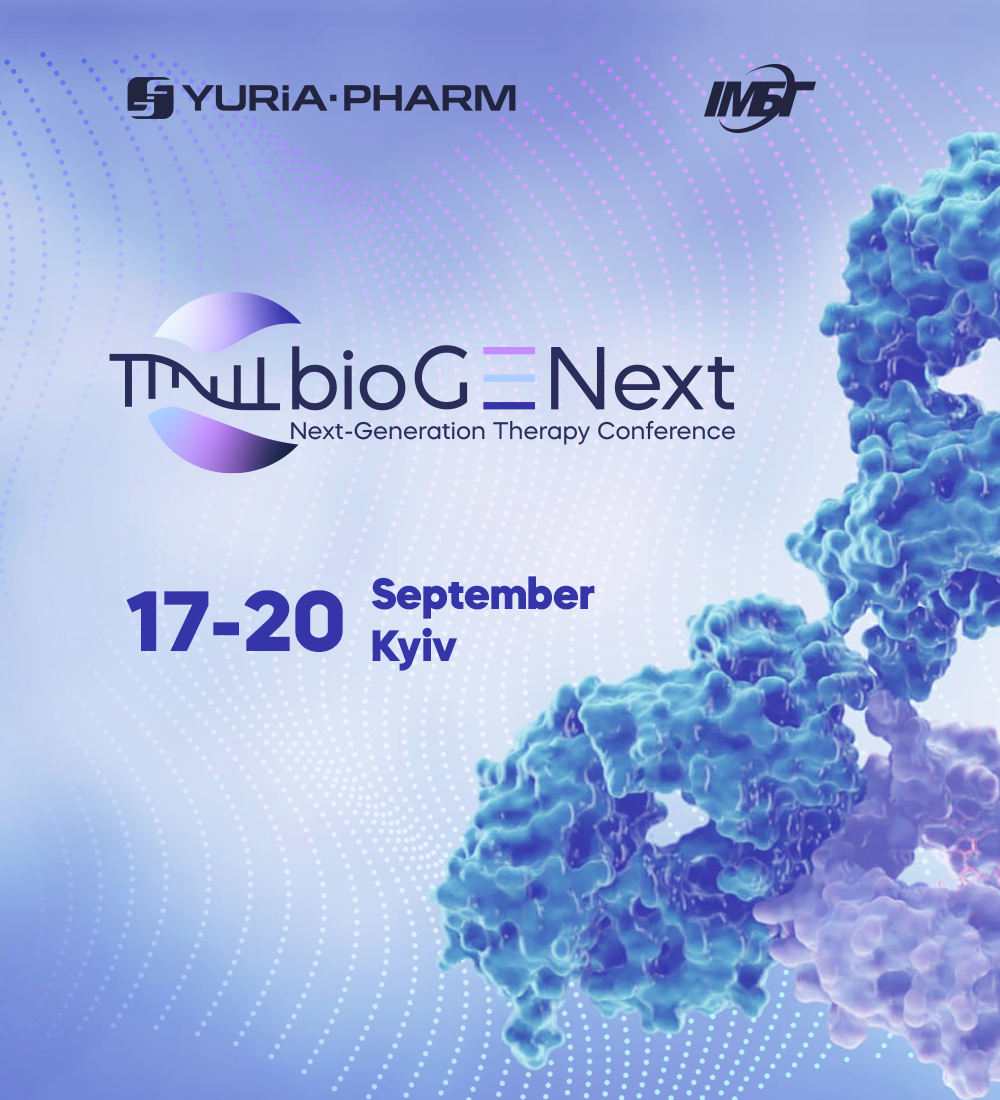Tivor-L Aspartate
Tivor-L Aspartate is a modulator of energy flexibility of the myocardium.
A unique combination of L-carnitine and L-arginine, which affects all links of hypoxia, stimulating the heart to efficiently use different sources of energy in conditions of ischemia!
Tivor-L Aspartate is used:
- as part of the complex therapy of coronary heart disease, chronic coronary heart disease;
- atherosclerosis of coronary, cerebral and peripheral vessels;
- acute disorders of cerebral circulation of the ischemic type;
- to increase tolerance to physical exertion, including in sports.
Thanks to the combination of 2.0 g of L-carnitine and 3.0 g of L-arginine in a daily dose (20 ml), Tivor-L Aspartate improves the energy supply of the heart muscle, enhances the oxidation of carbohydrates in the Krebs tricarboxylic acid cycle, provides antioxidant, cytoprotective, antihypoxic effects; due to L-arginine prevents the development of endothelial dysfunction and the progression of atherosclerotic plaques.
CORONARY HEART DISEASE
Our heart is energetically flexible and has two pathways for energy supply: beta oxidation of fatty acids and oxidation of glucose (glycolysis).
With coronary heart disease, when there is not enough oxygen, the body tries to adapt to the changes and switches to anaerobic glycolysis. As a result, the heart lacks energy. This leads to an increase in energy deficit and a decrease in tolerance to physical exertion.
Thanks to the original combination of L-arginine and L-carnitine, Tivor-L Aspartate stimulates the heart to efficiently use various sources of energy, and beta oxidation of fatty acids and glycolysis.
Thus, Tivor-L Aspartate regulates energy exchange in the myocardium and reduces the manifestations of energy deficit that develops as a result of coronary heart disease.
The use of the drug Tivor-L Aspartate as part of the combined therapy of patients with coronary heart disease reliably improves the quality of life, increases tolerance to physical exertion, reduces the number of angina attacks and the need for nitroglycerin.
Release form: oral solution 100 ml, 200 ml.
How supplied
Sales markets
Ukraine
Instruction
APPROVED
Order of the Ministry of Health of Ukraine
No. 1808 of 18 Oct 2023
Marketing Authorization
No. UA/20222/01/01
INSTRUCTION
for medical use
TIVOR–L ASPARTATE
Composition:
- active substances: arginine aspartate (L-arginine L-aspartate), levocarnitine;
- 1 mL of solution contains arginine aspartate (L-arginine L-aspartate) 264 mg (equivalent to arginine 149.7 mg) and levocarnitine 100 mg;
- excipients: methyl parahydroxybenzoate (E 218) 0.8 mg; propyl parahydroxybenzoate (E 216) 0.2 mg; malic acid (E 296); sodium saccharin (E 954); water for injection.
Pharmaceutical form. Oral solution.
Basic physical and chemical properties: clear, colorless or slightly yellowish viscous liquid.
Pharmacotherapeutic group. Cardiac medicinal products. Other cardiac combination medicinal products.
ATC code С01Е Х.
Pharmacological properties.
Pharmacodynamics.
The therapeutic effect of Tivor-L aspartate is due to the synergistic effects of its ingredients such as arginine and levocarnitine.
Arginine (a-amino-d-guanidino-valeric acid), a conditionally essential amino acid, is an active cellular regulator of numerous vital functions and exhibits protective effects in critically ill patients.
Arginine exhibits antihypoxic, membrane-stabilizing, cytoprotective, antioxidant, antiradical, detoxification effects, is an active regulator of intermediate metabolism and energy supply processes, plays a role in maintaining hormonal balance in the body, improves placental blood flow, and reduces the risk of fetal oxidative stress. Arginine is known to enhance the sensitivity of peripheral tissues to insulin and glucagon, elevate levels of somatotropic hormone and prolactin in the blood, regulate blood glucose during physical exertion, contribute to the synthesis of proline, polyamine, and agmatine, participate in fibrinogenolysis and spermatogenesis processes, and exert a membrane-stabilizing effect.
Arginine serves as a basic supplier of nitric oxide, thereby influencing the body’s hemodynamics. Pronounced cationic properties of the guanidine group of arginine contribute to the improvement of metabolic processes in tissues, reducing peroxidation products of membrane lipids, increasing the activity of the antioxidant protection system and energy supply of mitochondria by activating their redox system.
The antihypoxic effect of arginine is due not only to the increased production of nitric oxide (NO) by endothelial NO-synthase, but also due to an indirect antioxidant effect caused by arginine combined with the reduced concentrations of the superoxide anion radical released from the endothelium.
Arginine activates guanylate cyclase and increases the level of cyclic guanosine monophosphate (cGMP) in vascular endothelium, reduces the activation and adhesion of leukocytes and platelets to the vascular endothelium, inhibits the synthesis of adhesion proteins, thus preventing the formation and development of atherosclerotic plaques, inhibits the synthesis of endothelin-1, a potent vasoconstrictor and stimulator of the vascular smooth muscle cell proliferation and migration. Arginine also inhibits the synthesis of asymmetric dimethylarginine, a potent endogenous stimulant of oxidative stress.
The NO molecule inhibits the adhesion of mononuclear cells, platelet aggregation, the proliferation of vascular smooth muscles, and the generation of reactive oxygen species. Under physiological conditions, NO participates in the adaptation of the vascular system to increased metabolic needs caused by physical exertion.
Arginine is directly involved in the regulation of processes occurring inside blood vessels, including those in the placenta, through its effects on the endothelium.
Arginine plays a crucial role in the ornithine cycle of urea synthesis, where it neutralizes ammonia, converts it into non-toxic glutamine, and facilitates its removal from both the central nervous system (CNS) and the body overall. The medicinal product exerts its hypoammonemic effect in this fashion.
Arginine stimulates the activity of the thymus which produces T cells. It has an acid-forming effect and helps to correct the acid-base balance.
Levocarnitine is a natural substance that is essential for most energy processes, as it is required for the metabolism of fatty acids, amino acids, carbohydrates, and ketone bodies. Only the L-isomer of carnitine is biologically active. The highest concentrations of levocarnitine are found in muscle tissues, the myocardium, and the liver.
Levocarnitine is required for the transport of long-chain fatty acids into mitochondria for their subsequent beta-oxidation and energy generation. Fatty acids are used as an energy substrate by all tissues, except the brain. Fatty acids serve as the main substrate for energy production in skeletal muscles and the myocardium.
Levocarnitine plays an important role in the cardiac metabolism, since the oxidation of fatty acids depends on the adequate presence of this substance. The generation of adenosine triphosphate (ATP) from fatty acids is energetically more beneficial compared to the oxidation of glucose. Modulation of the glycolytic pathway of ATP generation by levocarnitine is optimal for cardioprotection since, apart from optimizing the glycolytic pathway of ATP generation in ischemic cells, it does not affect the use of fatty acids as the basic source of ATP in non-ischemic cells.
Moreover, experimental studies have shown that stress, acute ischemia, myocarditis can lead to decreased levels of levocarnitine in the myocardial tissue. Numerous animal studies have confirmed the beneficial effects of levocarnitine in the following various induced cardiac disorders: acute and chronic ischemia, cardiac decompensation, heart failure as a result of myocarditis, drug-induced cardiotoxicity (taxanes, adriamycin, etc.).
By facilitating the utilization of fatty acids as an energy substrate, levocarnitine contributes to enhancing endurance during physical exertion.
By releasing coenzyme-A from thioesters, levocarnitine also enhances carbohydrate oxidation in the Krebs cycle, stimulates the activity of the key glycolysis enzyme, pyruvate dehydrogenase, and promotes the oxidation of branched chain-amino acids in skeletal muscle. Thus, levocarnitine is directly or indirectly involved in most energy processes, as it is required for the oxidation of fatty acids, amino acids, carbohydrates, and ketone bodies.
By decreasing the plasma levels of free fatty acids, levocarnitine reduces tissue insulin resistance.
The findings of the phase III clinical study involving 137 patients suggest that Tivor-L aspartate as part of the combination therapy for coronary heart disease is superior to the standard therapy, leading to prolonged duration of physical exertion, larger threshold load and higher quality of life score (HeartQoL questionnaire).
The observations from another phase III clinical study involving 106 patients indicate that Tivor-L aspartate as part of the combination therapy for ischemic cerebrovascular accident (in the carotid basin) is effective and has a satisfactory safety profile.
The clinical study assessing combined use of L-arginine aspartate and levocarnitine shows that this combination enhances both general and specific physical performance, as well as improves the psychophysiological state of various athletes.
Pharmacokinetics.
Pharmacokinetic studies have not been conducted.
Clinical particulars.
Therapeutic indications.
Tivor-L aspartate is used as part of combined treatment for:
- chronic coronary heart disease;
- coronary, cerebral or peripheral atherosclerosis;
- ischemic cerebrovascular accident.
Tivor-L aspartate is used to increase tolerance to physical exertion, including sports.
Contraindications.
- Severe renal impairment.
- Use of potassium-sparing diuretics, as well as spironolactone.
- Myocardial infarction (including a history).
Interaction with other medicinal products and other forms of interactions.
Since Tivor-L aspartate may cause severe and persistent hyperkalemia, caution should be exercised in patients with renal failure who are taking or have previously taken spironolactone. The prior use of potassium-sparing diuretics may also elevate potassium blood levels.
When used concomitantly with aminophylline, blood insulin levels may increase.
The co-administration of glucocorticoids results in the accumulation of levocarnitine in body tissues (except the liver). Other anabolic agents enhance the effect of the medicinal product.
Very rare cases of increased international normalized ratio (INR) have been reported in patients treated concomitantly with levocarnitine and coumarin anticoagulants (see Special warnings and precautions for use, Adverse reactions). In patients taking such anticoagulants combined with levocarnitine, the INR or other appropriate coagulation tests should be performed weekly until the parameters become stable, and monthly thereafter.
Concomitant use of levocarnitine with agents that induce hypocarnitinemia due to increased renal excretion of carnitine (such as valproic acid, prodrugs containing pivalonic acid, cephalosporins, cisplatin, carboplatin, ifosfamide) may reduce its levels.
This medicinal product is incompatible with thiopental.
Special warnings and precautions for use.
It should be used with caution for treating patients with electrolyte metabolism disorders, especially regarding plasma potassium levels, as the medicinal product may contribute to the development of hyperkalemia in patients with kidney diseases. Hence, it’s crucial to monitor electrolyte balance closely during prolonged treatment.
Since arginine and levocarnitine enhance glucose metabolism, when Tivor-L aspartate is used in diabetics who are treated with sugar-lowering drugs, it’s essential to closely monitor plasma glucose levels and adjust therapy as necessary.
During treatment, it is advisable to abstain from alcohol, nicotine, and psychostimulants.
If symptoms of asthenia increase, treatment should be discontinued.
The medicinal product should be used with caution in patients with angina pectoris.
Very rare cases of increased INR have been reported in patients treated concomitantly with levocarnitine and coumarin anticoagulants (see Interaction with other medicinal products and other forms of interactions, Adverse reactions). Appropriate monitoring is necessary for concomitant use of coumarin anticoagulants.
Seizures have been reported in patients with a history of seizures, but it is not fully understood whether levocarnitine increases the frequency and/or severity of seizures. In cases where seizures are associated with levocarnitine, the discontinuation of this medicinal product should be considered.
Long-term oral use of high-dose levocarnitine in patients with severe renal impairment or end-stage chronic kidney disease (CKD) is contraindicated (see Contraindications), as it can lead to the accumulation of potentially toxic metabolites in the blood, such as trimethylamine (TMA) and trimethylamine-N-oxide (TMAO), resulting from inadequate excretion by the kidneys. Such accumulation leads to an increase in TMA in the urine.
The recommended doses should not be exceeded. If any undesirable effects occur, the medicinal product must be discontinued. Sensitivity to the medicinal product should be carefully assessed during the first week of use and after each up-titration.
The medicinal product contains excipients such as methyl parahydroxybenzoate (E 218) and propyl parahydroxybenzoate (E 216), which can cause allergic reactions, including possibly delayed-type reactions.
Tivor-L aspartate contains:
- 0.0039 mmoL (or less than 0.09 mg) of sodium per 1 L of the medicinal product;
- 0.078 mmoL (or 1.79 mg) of sodium per 20 mL of the medicinal product, i.e. is essentially sodium-free.
Pregnancy and breastfeeding.
There is a lack of data regarding the use of Tivor-L aspartate in pregnant women. The information on the drug excretion into breast milk or its effects on the fetus is not available. Therefore, during pregnancy or lactation, the medicinal product should only be prescribed when the expected benefit to the woman outweighs the potential risk to the fetus.
Effects on ability to drive and use machines.
In some cases, certain CNS adverse reactions may affect the ability to drive and use machines.
Posology and method of administration.
The medicinal product should be taken orally before meals.
A single dose ranges from 10 to 20 mL. The total daily dose is 40 mL. The daily dose can be divided into 2 to 4 separate doses.
|
Indication |
Dose |
Duration of treatment |
|
As part of combine therapy for: |
||
|
chronic coronary heart disease |
20 mL twice daily |
21 days |
|
ischemic cerebrovascular accident |
20 mL twice daily |
21 days |
|
coronary, cerebral or peripheral atherosclerosis |
10 mL three to four times daily |
21 days |
|
To increase tolerance to physical exertion, including sports |
15 mL twice daily |
21 days |
The course of treatment can be extended if necessary at the discretion of a physician.
Pediatric patients.
There is a lack of data regarding the use in pediatric patients.
Overdose.
Symptoms
Renal failure, hypoglycemia; high doses can cause diarrhea.
Treatment
If any of the above signs occur, the medicinal product must be discontinued. Physiological responses should be monitored and vital functions maintained. Gastric lavage and administration of sorbents are recommended. Where appropriate, alkalizing agents and diuresis correction agents (saluretics), electrolyte solutions (0.9% sodium chloride), 5% glucose should be given. Symptomatic therapy and supportive care should be administered. There is no antidote available.
Adverse reactions.
Adverse reactions listed below are classified by system organ class and frequency of occurrence. The frequency of occurrence is classified as follows: very common (≥1/10), common (≥1/100 to < 1/10), uncommon (≥1/1,000 to- <1/100), rare (≥1/10,000 to < 1/1,000), very rare (<1/10,000), frequency unknown (can not be estimated from the available data).
|
System Organ Class |
Frequency |
Adverse reactions |
|
Immune system disorders |
Frequency unknown |
Anaphylactic shock, hypersensitivity reactions, including rash, urticaria, bronchospasm, angioedema |
|
Nervous system disorders |
Frequency unknown |
Headache, dizziness, feeling of fear, weakness, tremor, convulsions* |
|
Cardiovascular disorders |
Frequency unknown |
Blood pressure fluctuations, heart rhythm changes, chest pain |
|
Respiratory, thoracic and mediastinal disorders |
Frequency unknown |
Dyspnea
|
|
Gastrointestinal disorders |
Rare |
Slight gastrointestinal discomfort, nausea immediately after the medicinal product administration, which resolve without intervention; vomiting, diarrhea |
|
Frequency unknown |
Dry mouth, abdominal pain |
|
|
Musculoskeletal system and connective tissue disorders |
Frequency unknown |
Joint pain |
|
General disorders |
Frequency unknown |
Hyperthermia, hot flash, body aches |
|
Investigations |
Very rare |
Increased INR, hyperkalemia |
|
Miscellaneous |
Very rare |
Specific body smell |
* Seizures have been reported in patients with or without preexisting seizure activity. Patients with a history of seizure activity may experience increased frequency and/or severity of seizures.
Reporting adverse reactions
Reporting adverse reactions after authorization of the medicinal product is important. It allows continued monitoring of the benefit/risk balance of the medicinal product. Healthcare professionals, as well as patients or their legal representatives, are asked to report any cases of suspected adverse reactions and lack of efficacy via the Automated Pharmacovigilance Information System at: https://aisf.dec.gov.ua.
Shelf life. 2 years.
Shelf-life after the first opening is 14 days.
Storage conditions.
Store in the original container below 30°C. Keep out of the reach of children.
Incompatibilities.
This medicinal product is incompatible with thiopental.
Package.
100 mL or 200 mL in a brown polymer vial with a tamper-resistant cap; one vial with a measuring cup per carton box.
Prescription status. Prescription only.
Manufacturer.
Yuria-Pharm LLC.
Manufacturer’s location and business address.
108, Kobzarska Str., Cherkasy, Cherkasy region, Ukraine Tel.: (044) 281-01-01.
Date of last revision.
05 Mar 2024

